Production Process
• Milling: Whole wheat grains are processed to remove the outer husk and bran, then cracked or crushed into smaller pieces.
• Varieties: Daliya can be made from different types of wheat, including durum wheat, common wheat, or even other grains like barley.
Characteristics
• Texture: Coarse and grainy, with a texture similar to rice or small couscous.
• Color: Ranges from light brown to golden, depending on the type of wheat used.
• Flavor: Mild, nutty flavor with a slightly chewy texture when cooked.
Nutritional Information
• Carbohydrates: Daliya is primarily composed of carbohydrates, providing sustained energy.
• Protein: Contains a moderate amount of protein, making it a good source of plant-based protein.
• Fiber: High in dietary fiber, which aids digestion and promotes satiety.
• Vitamins and Minerals: Contains various vitamins and minerals, including B vitamins, iron, magnesium, and zinc.
Cooking Uses
• Cooking: Daliya can be cooked similar to rice or couscous, either by boiling it in water or broth until tender.
• Sweet and Savory Dishes: It is versatile and can be used in both sweet and savory dishes. Common preparations include daliya khichdi, daliya porridge, upma, pulao, and kheer.
• Healthy Alternative: Often used as a healthier alternative to rice or refined grains due to its higher fiber and nutrient content.
Health Benefits
• Digestive Health: High fiber content promotes healthy digestion and regular bowel movements.
• Weight Management: Fiber and protein content helps promote satiety and may aid in weight management.
• Heart Health: Low in fat and cholesterol, it may help lower the risk of heart disease.
• Blood Sugar Control: The complex carbohydrates in daliya have a lower glycemic index, which helps regulate blood sugar levels.
Storage
Store daliya in an airtight container in a cool, dry place to maintain freshness and prevent infestation.

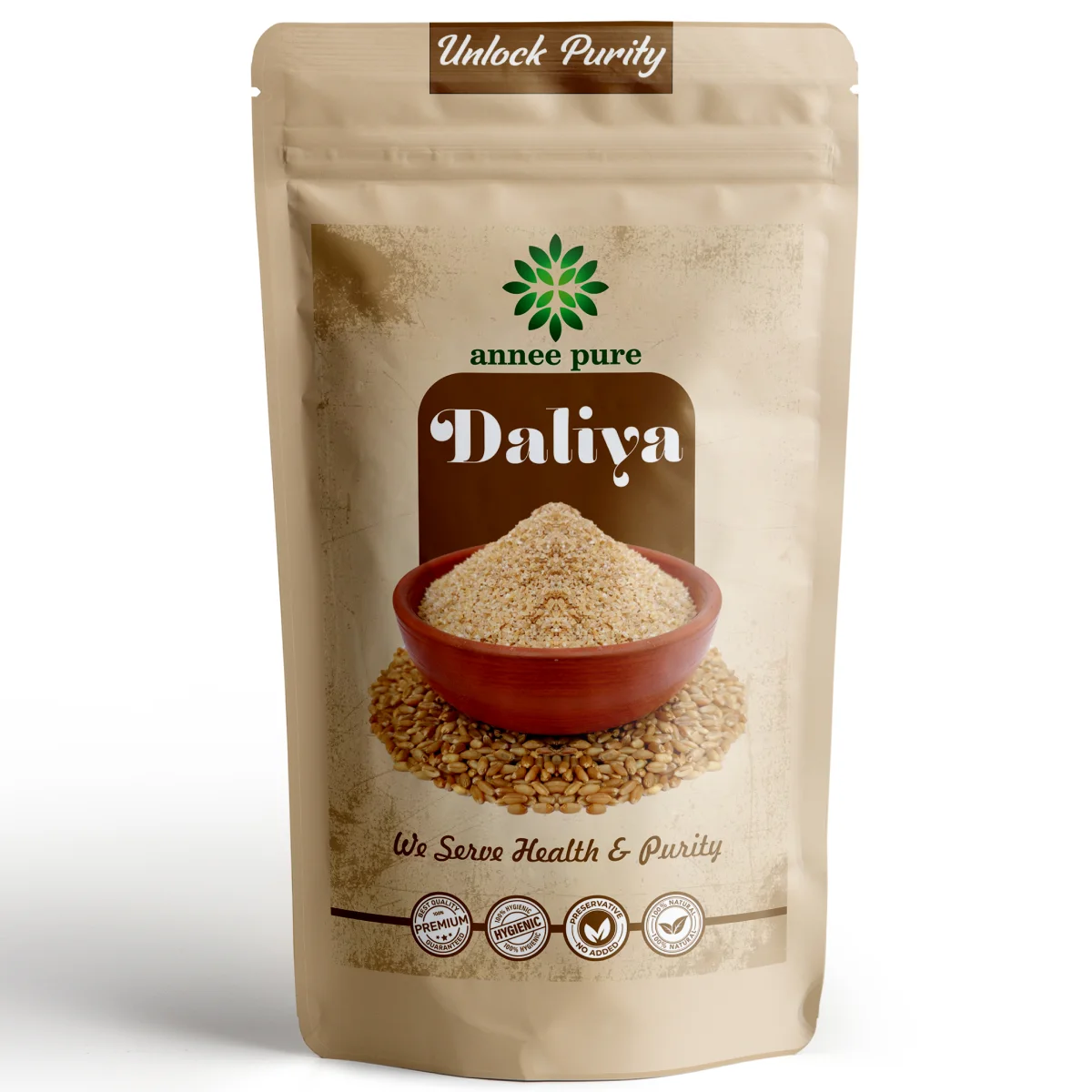
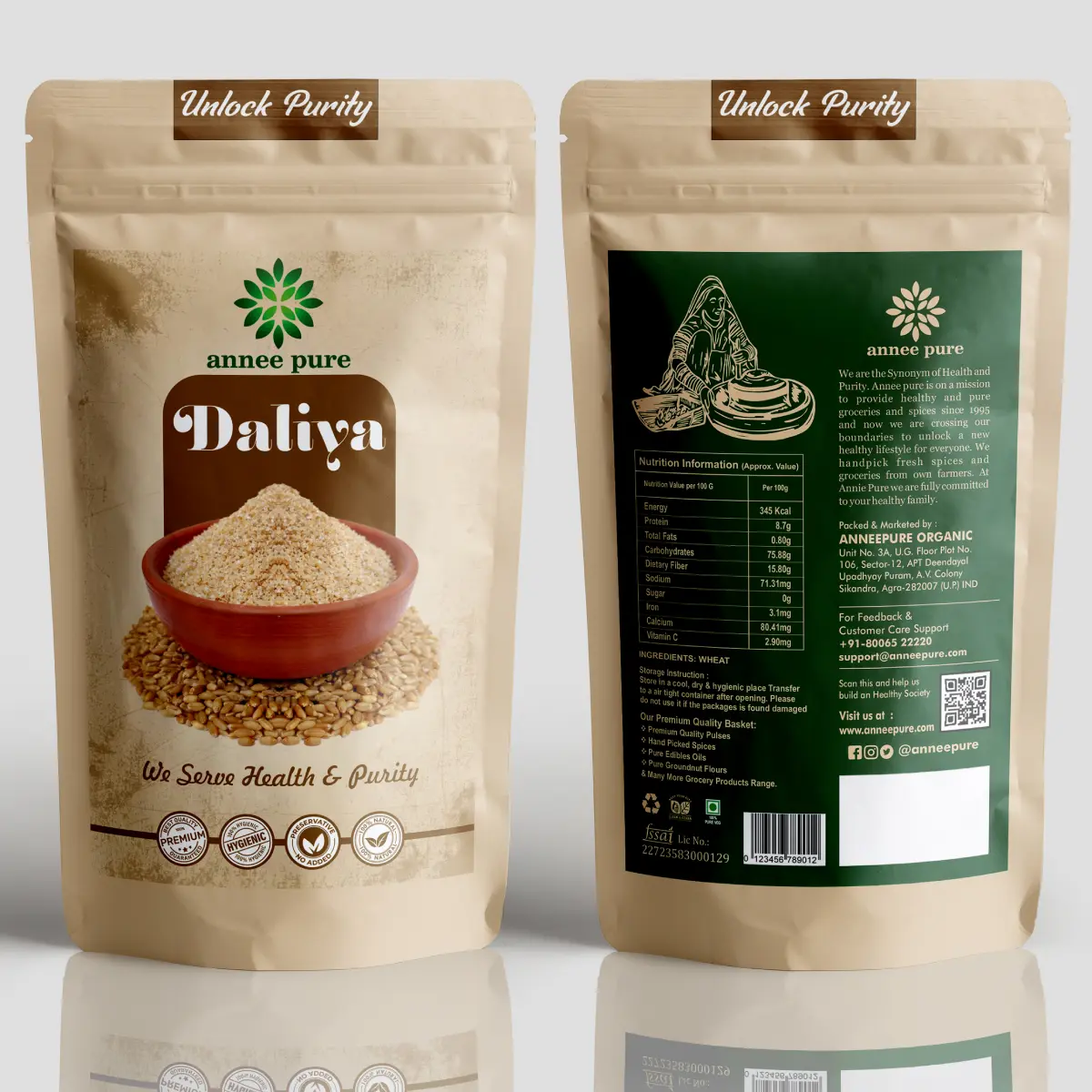



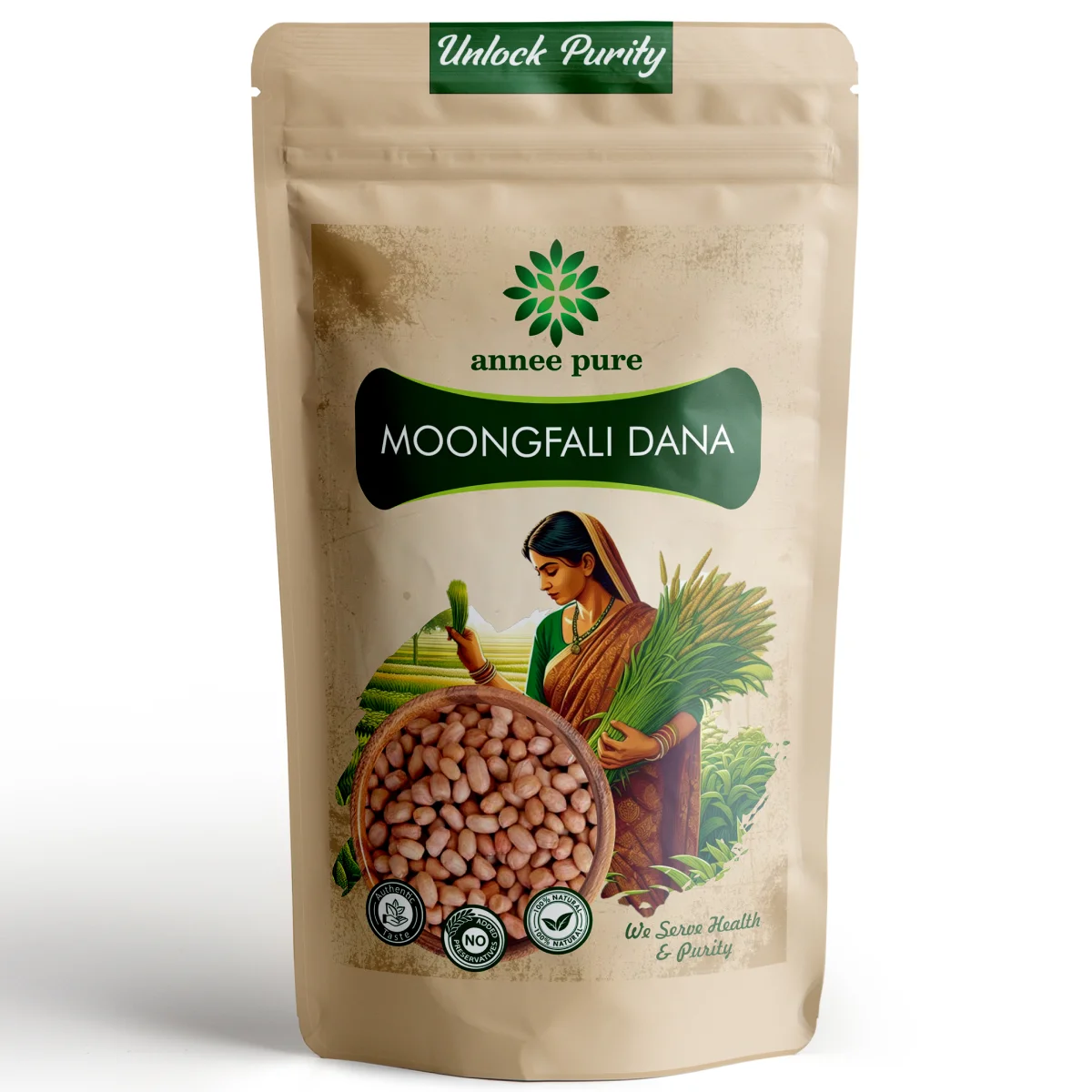
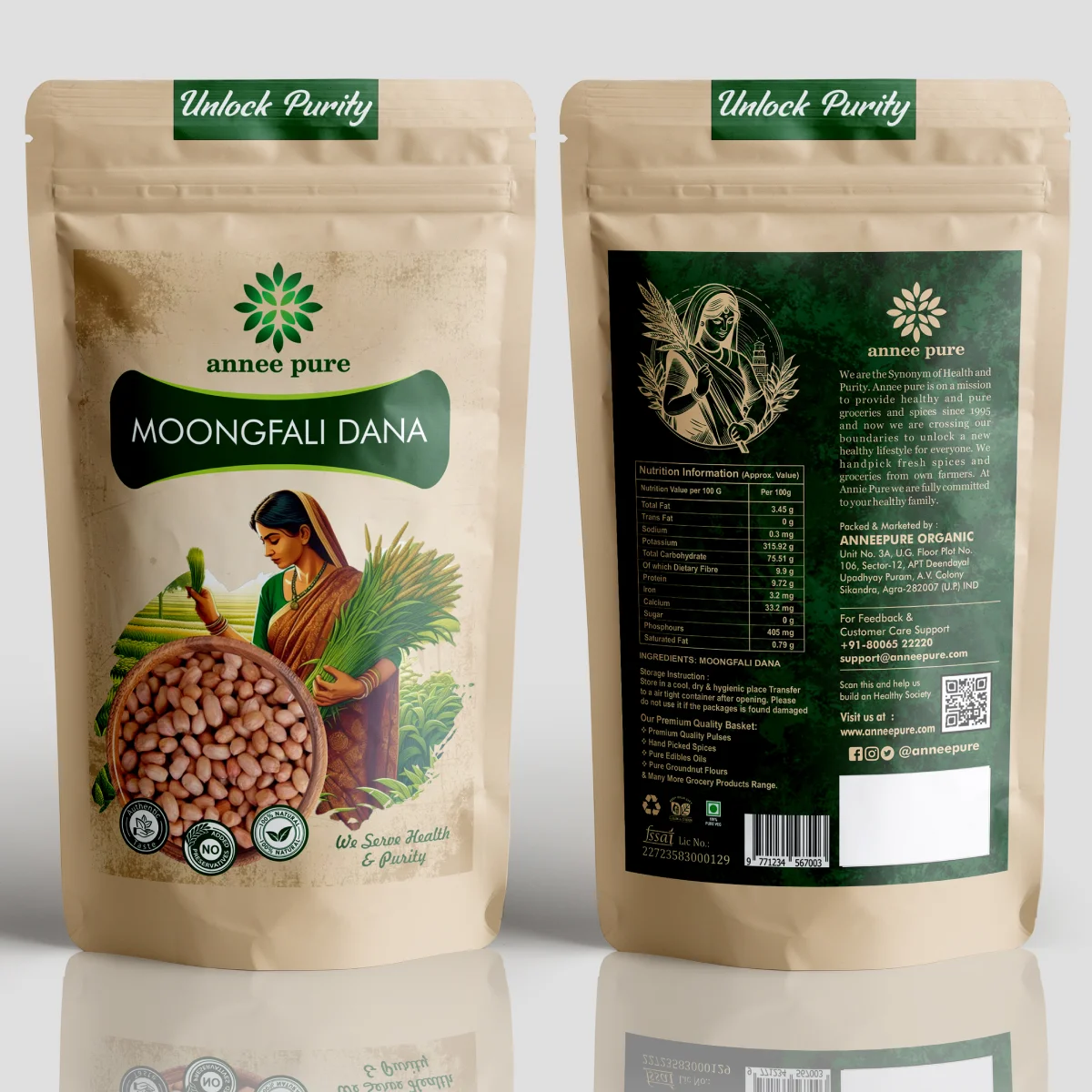

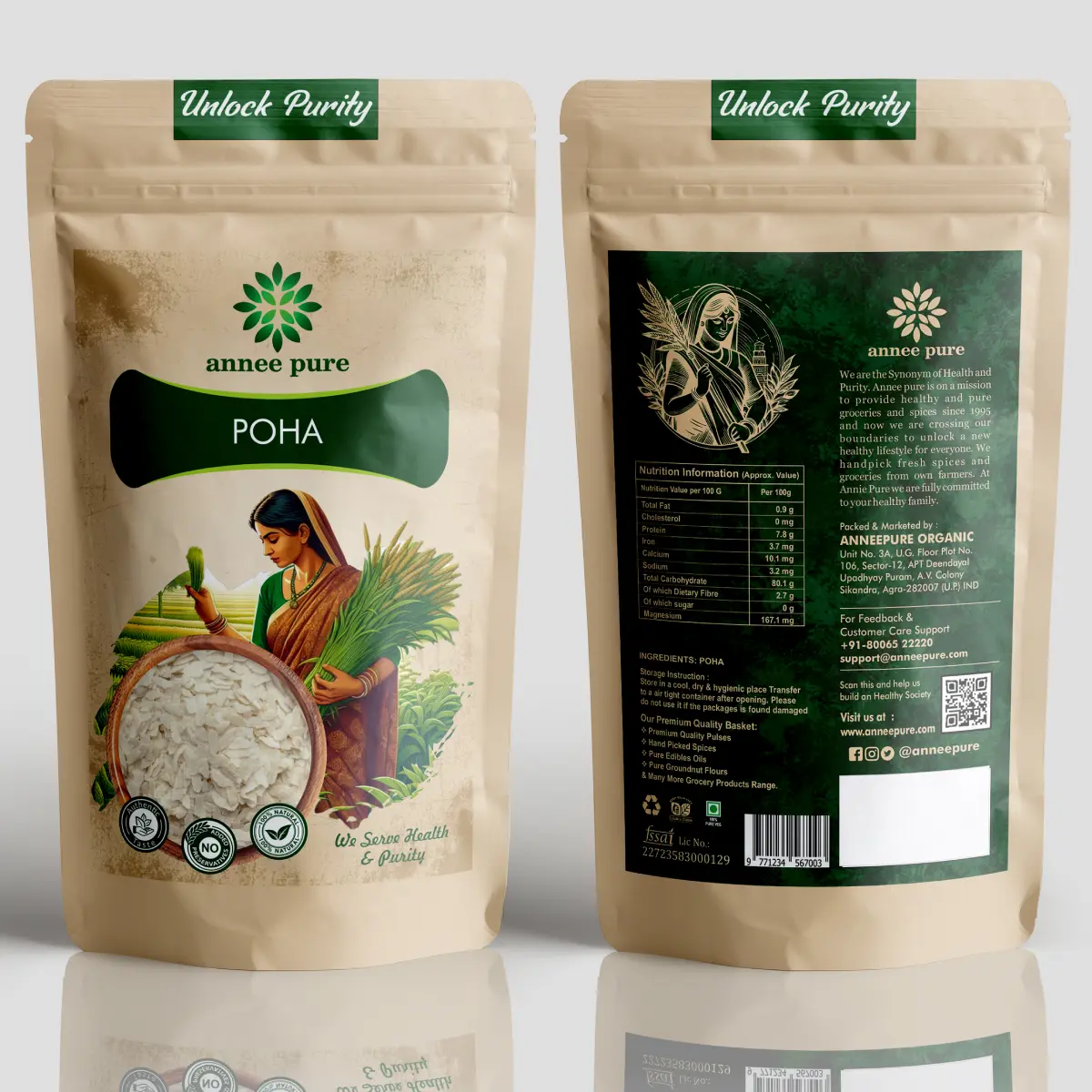
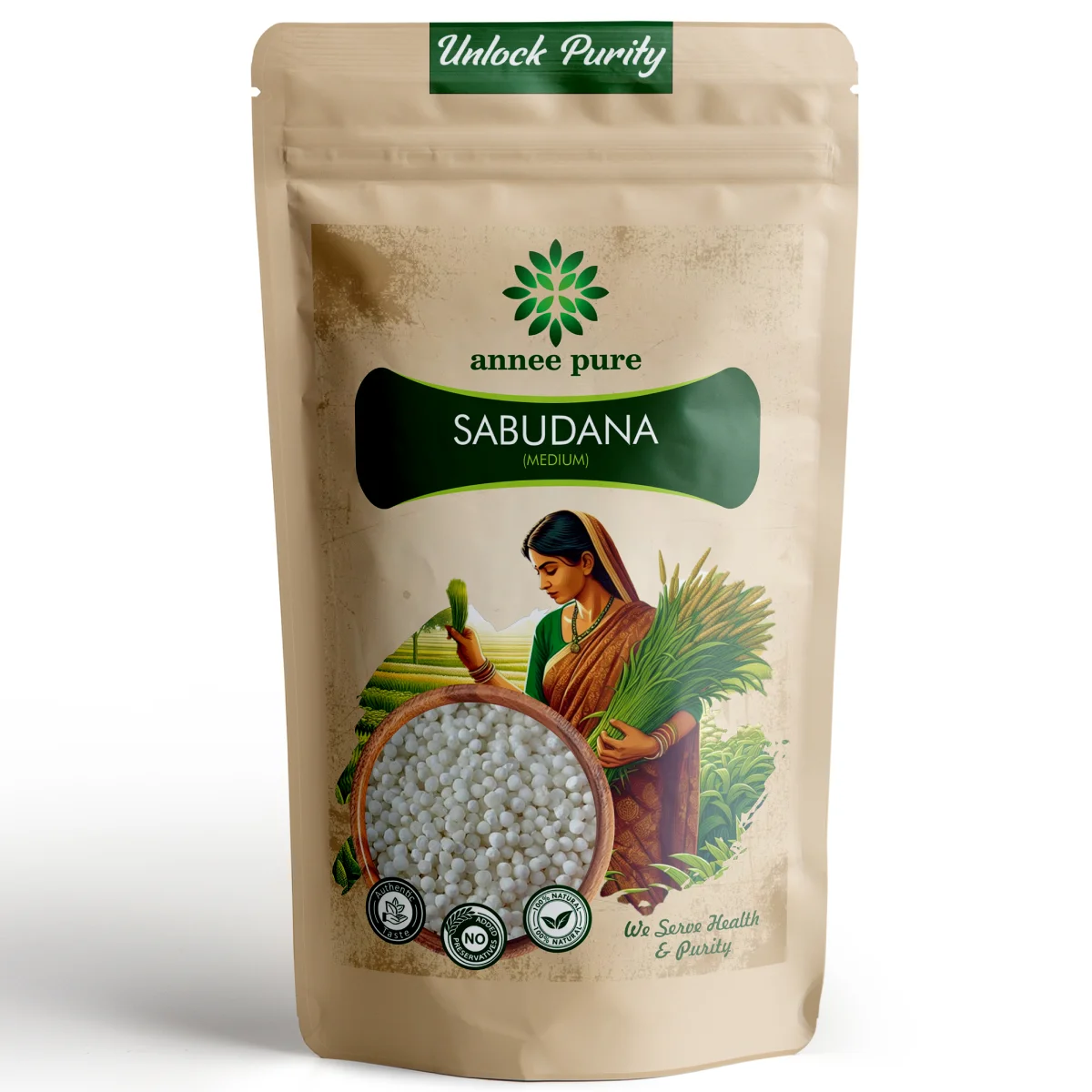
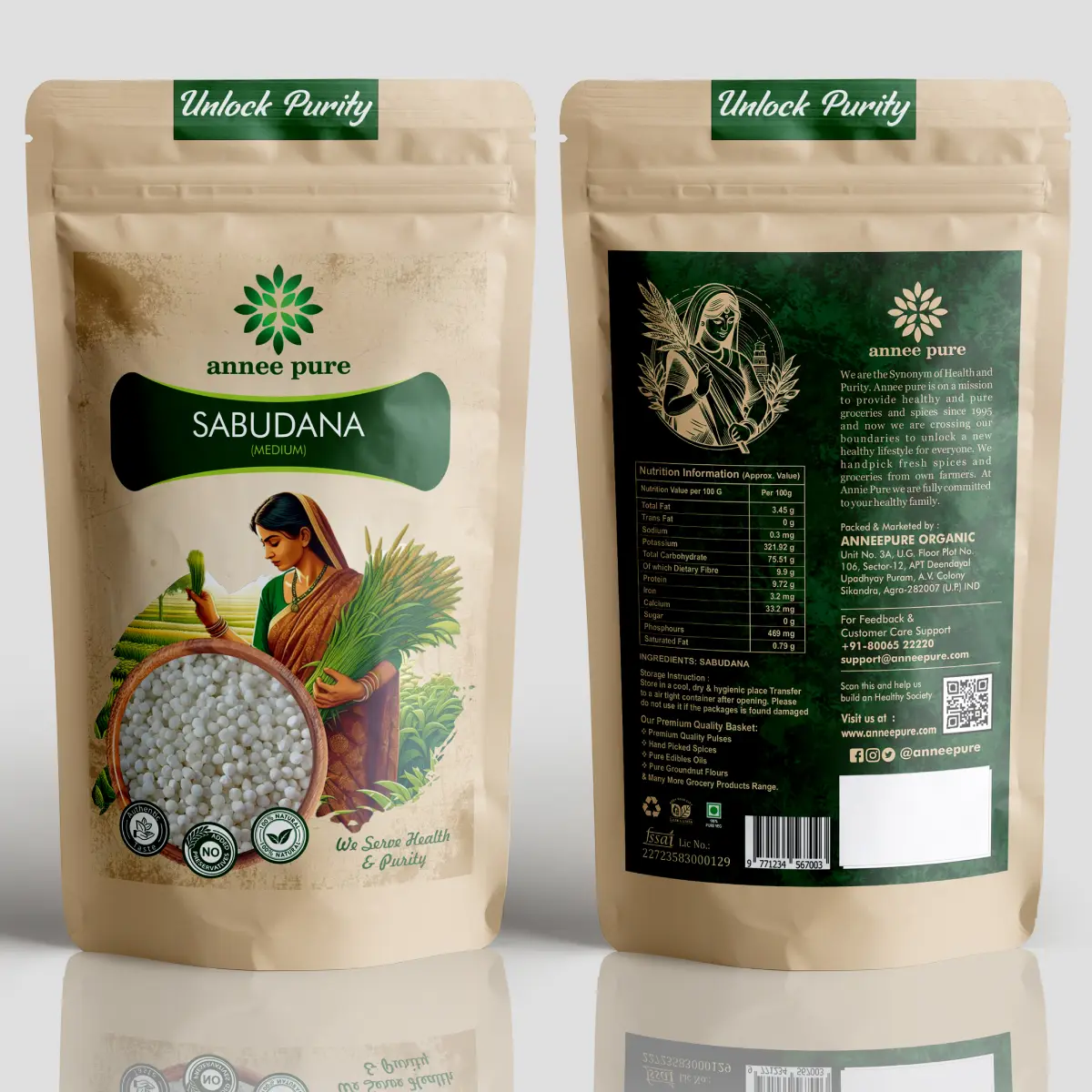
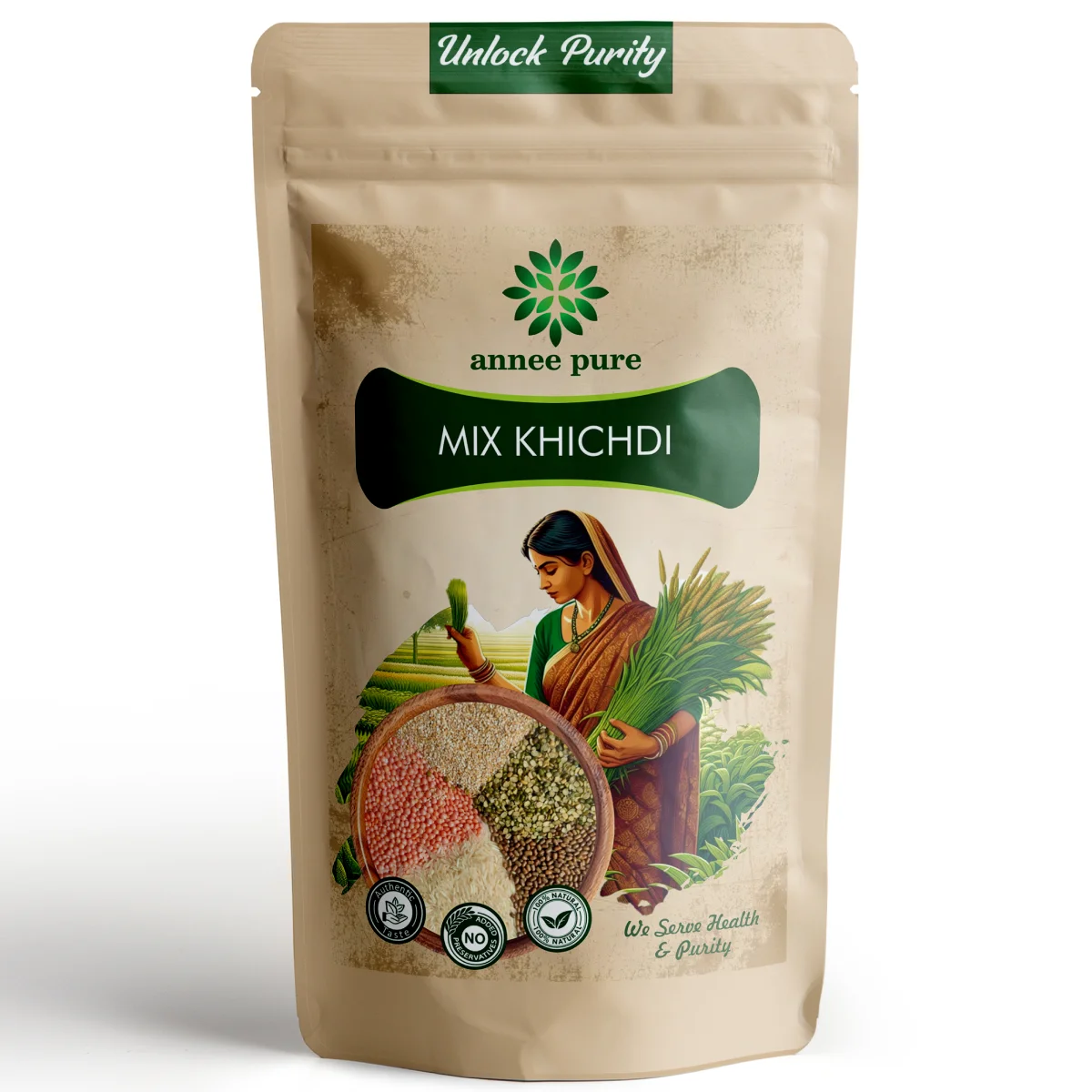
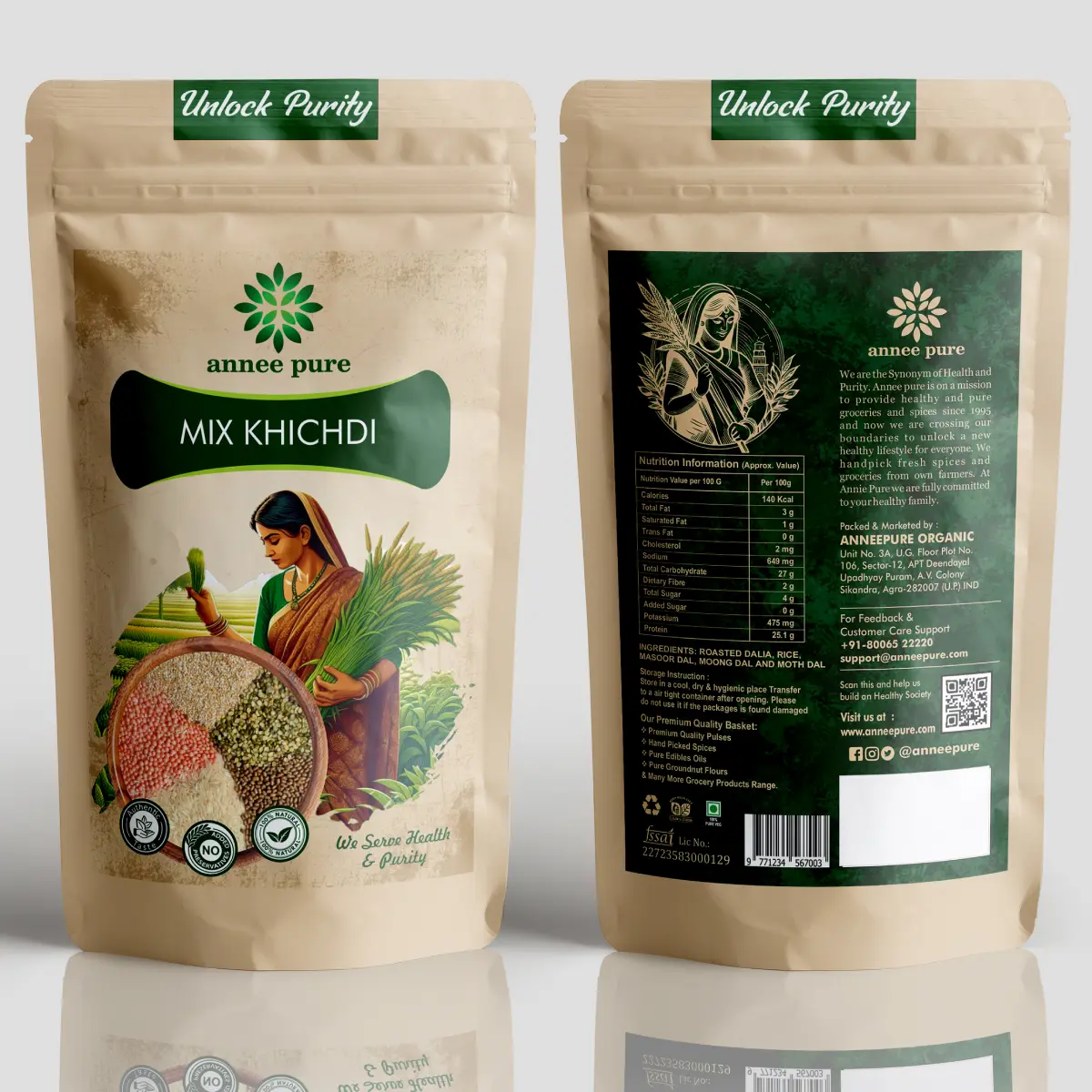
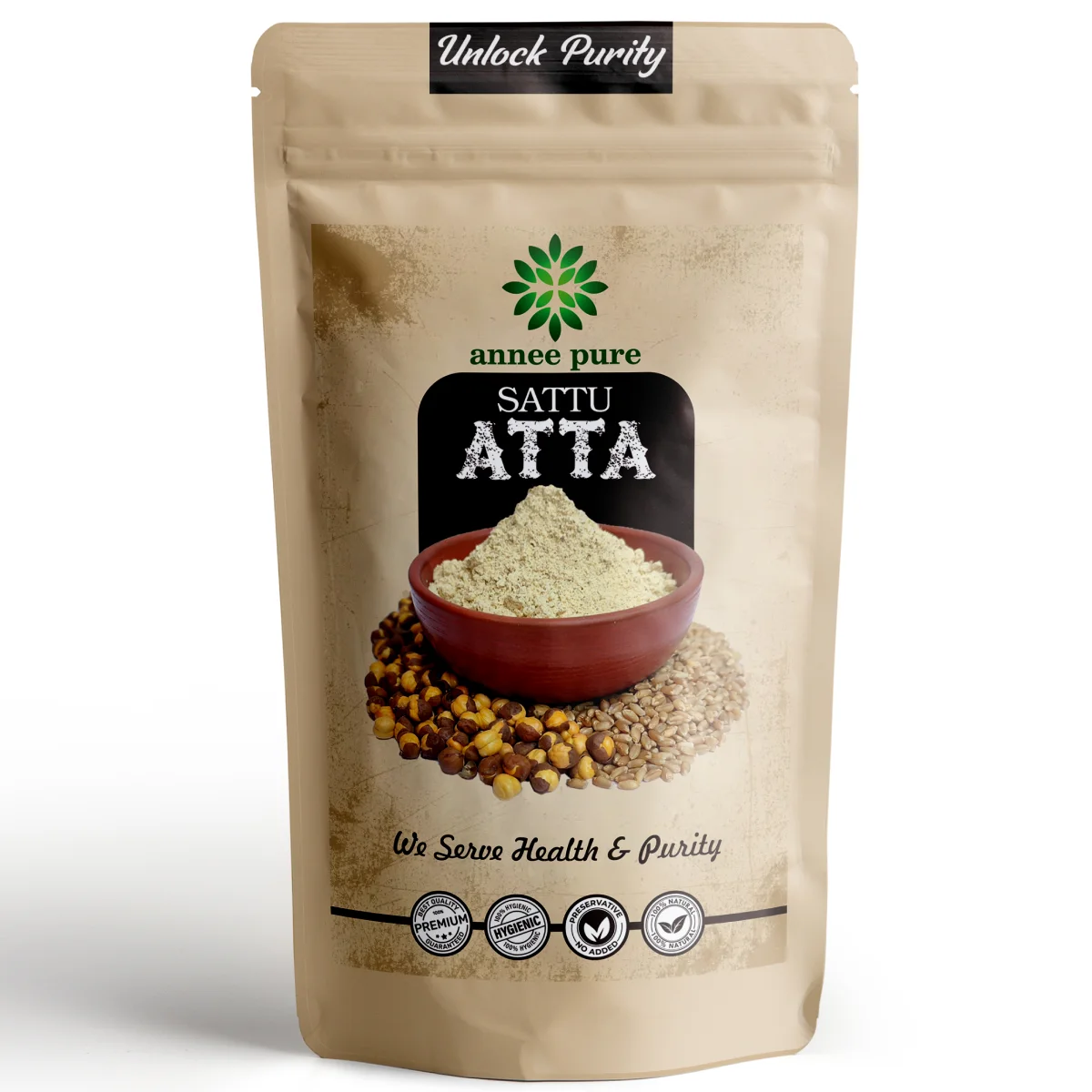
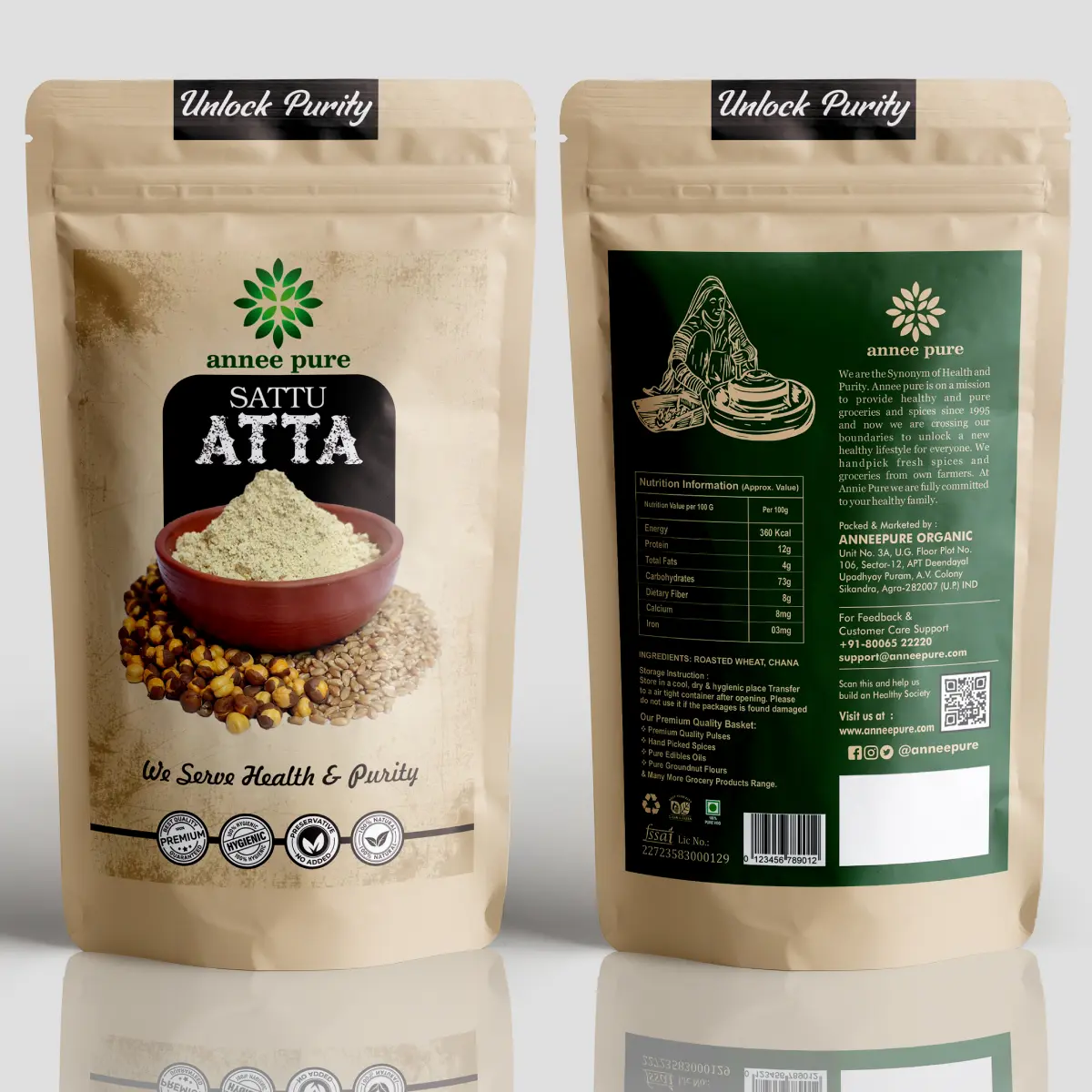
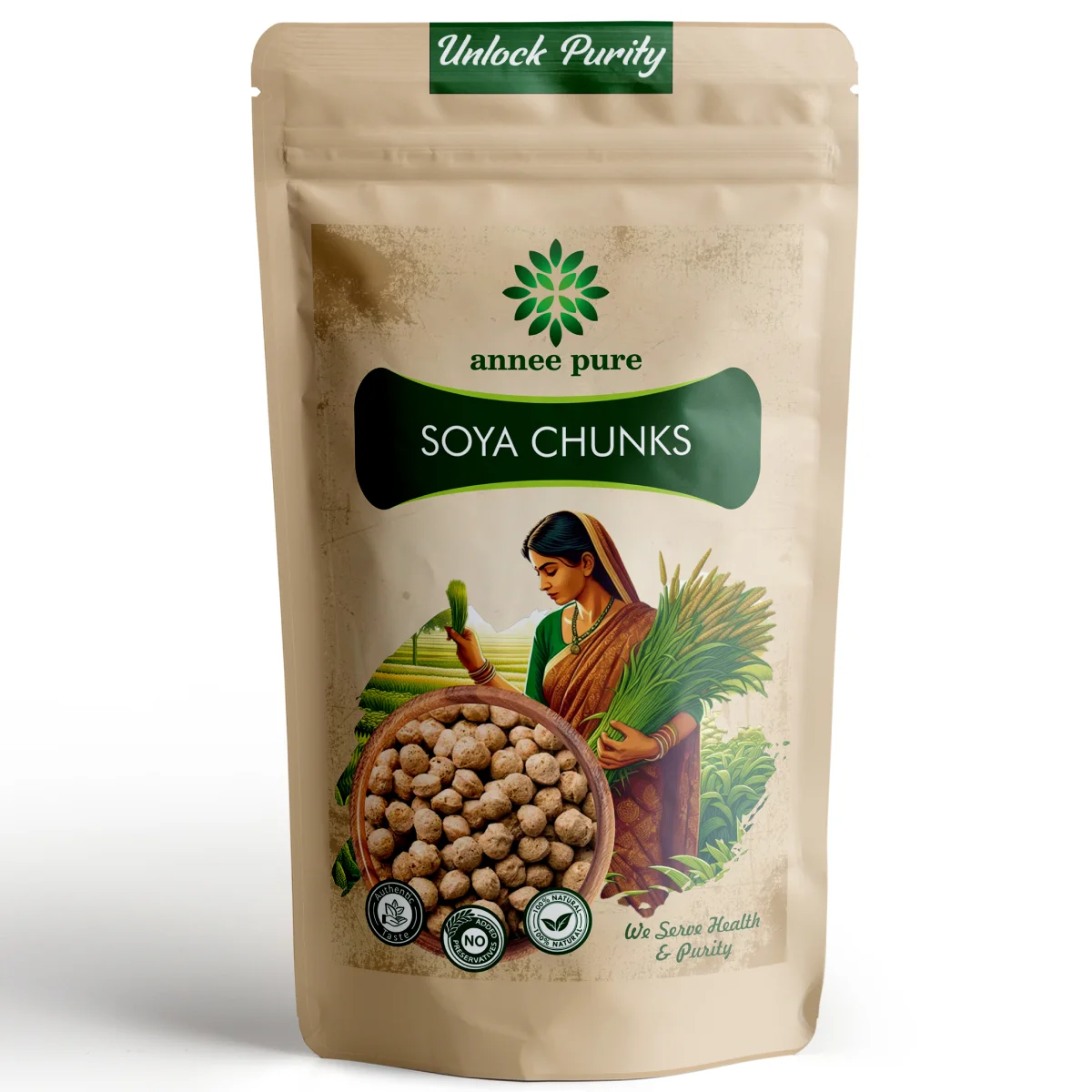
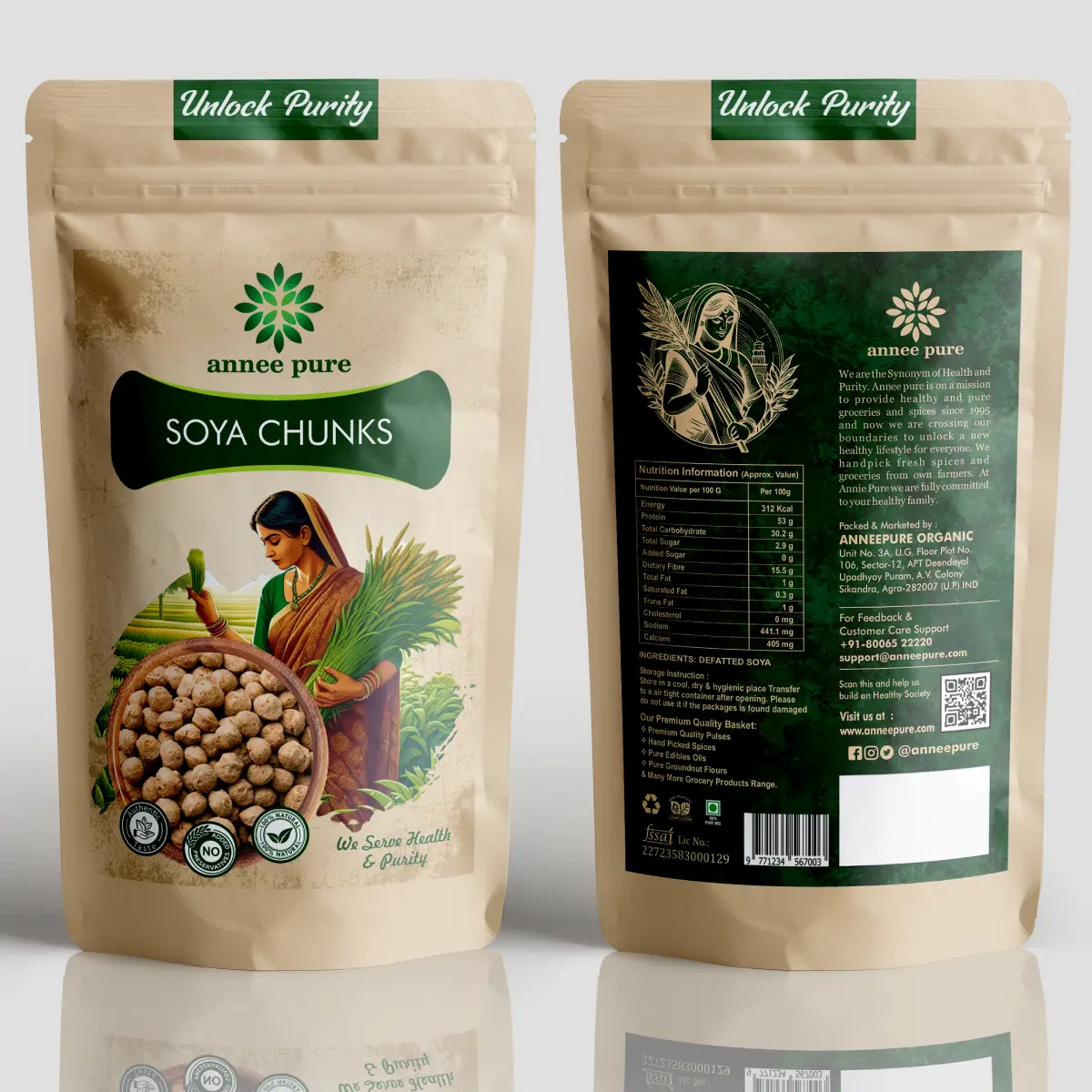

Reviews
There are no reviews yet.